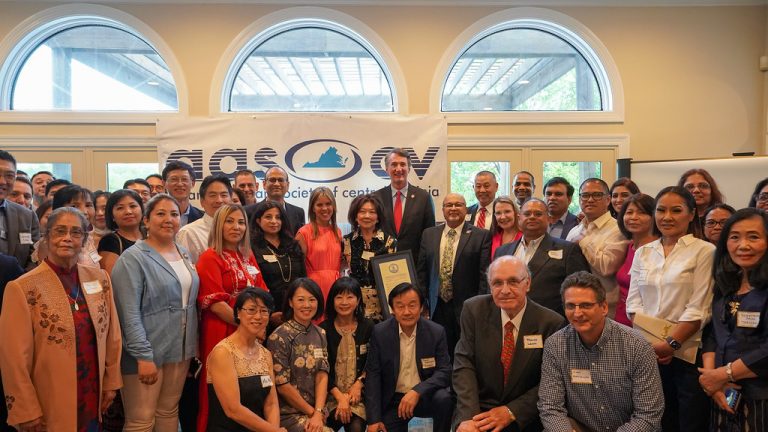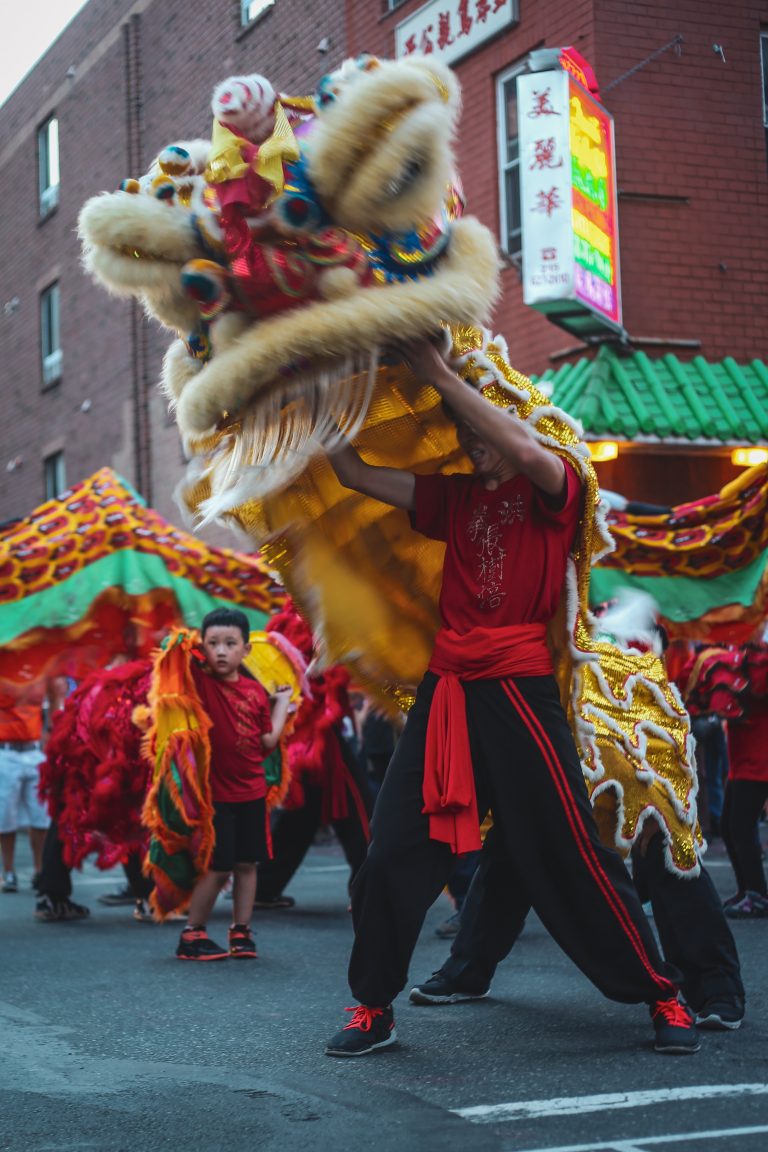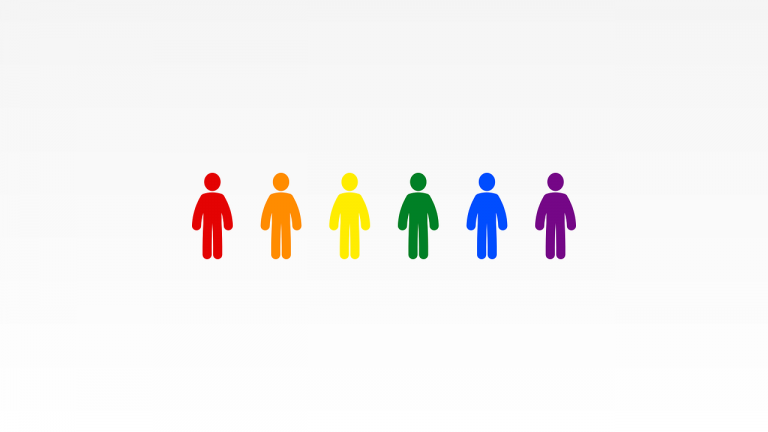How to Navigate the Line Between Cultural Appropriation and Appreciation

The rise of the internet has made it easier than ever for us to learn, share, and celebrate our cultural diversity with one another! Social media platforms break down economic, political, and social barriers and enable the growth of intercultural communication. This exposure helps us discover and appreciate overlooked or otherwise misrepresented cultures. But what happens when appreciation of a culture is displayed negatively? Enter the toxic ex to cultural appreciation: cultural appropriation.
What Is Cultural Appropriation vs. Appreciation?
Cultural appreciation is recognizing, understanding, and valuing another culture’s history, traditions, and contributions. It’s also important to remember that not all aspects of a culture will be sacred, there are parts that we are encouraged to participate in. Just ask!
Examine these acts as examples of appreciation:
- Purchasing a Palestinian-made keffiyeh as an act of solidarity.
- Wearing a sari when invited to do so at an Indian wedding.
- Learning Portuguese before a trip to Brazil.
- Participating in a West African drumming workshop.
On the other hand, cultural appropriation is imitating someone else’s culture for entertainment or monetary gain without crediting or acknowledging its significance to that culture. This cultural theft can be spotted in today’s fashion, music, art, and language.
Take a look at some forms of appropriation in action:
- Wearing a Pawnee headdress for a Halloween costume.
- Advertising a restaurant as serving authentic Mexican food when none of the recipes represent the culinary dishes.
- Getting a Samoan tattoo with sacred symbols because it’s trendy.
- Using African American slang or slurs because they’re in music lyrics.
According to research by the Unstereotype Alliance, 57% of stereotypes are those of race and ethnicity. The YWCA Spokane also brings to light that cultural appropriation reinforces these stereotypes and leads to the erasure of culture in BIPOC communities (Black, Indigenous, People of Color). Redface in American films, for example, depicts Native Americans as bloodthirsty savages who want to harass innocent White American settlers. This form of appropriation supports detrimental racist and ethnic stereotypes through the misrepresentation of Native American tribes.
Yet, despite its controversy, some argue that cultural appropriation is a form of appreciation because it’s still cultural exchange. Regardless, appropriation doesn’t uplift underrepresented communities because it’s when one adopts specific parts of a culture while rejecting others.
How Can We Unblur the Line Between Appropriation and Appreciation?
Since cultural appreciation can quickly turn into cultural appropriation, the line is easily blurred. Because of this gray area, people may not realize when they’re misappropriating.
Here are a few differences between appreciation and appropriation that will sharpen our ability to redefine those blurred lines:
Power Dynamics
- Appreciation is a mutual interaction in which the originating culture decides how its elements are practiced and represented.
- Appropriation is when a dominant group steals aspects of culture from a marginalized group, exposing the power imbalance between the two.
Intent
- Appreciation implies a genuine desire to learn about and honor another culture.
- Appropriation occurs when cultural aspects are used for personal gain, popularity, or entertainment without the intent to celebrate their value.
Context
- Appreciation is a recognition of the context in which cultural elements are used, including being aware when symbols, clothing, or acts are sacred.
- Appropriation happens when such elements are applied out of context or in ways that could disrespect the original culture.
Credit
- Appreciation includes crediting the cultural source and, when possible, promoting the communities they come from.
- Appropriation doesn’t give credit or compensation to the originating culture, which often leads to the exploitation of cultural symbols and the misrepresentation of its heritage.
Commercialization
- Appreciation respects cultural heritage by getting community consent before being used for profit, and then the profit is shared with that community.
- Appropriation, either by individuals or companies, commercializes cultural aspects for monetary gain and strips them of their original meaning with no profit to the source culture.
How Can We Enhance Our Cultural Awareness?
To lower the possibility of appropriation, we can first educate ourselves on the significance of customs and traditions within other cultures. A 2024 Worldmetrics report on cultural diversity in education found that only 18% of U.S. schools offer ethnic studies, demonstrating that non-Western cultures and history are rarely taught in classrooms. We should take the initiative to learn beyond educational institutions to build our cultural competency. We can accomplish this with mindful media consumption, language learning, reading, research, exposure, and immersion.
Kelly Blackmon, Brightpoint’s DEI coordinator and creator of B.E. Consulting, proposes we also develop our emotional intelligence and empathy in an effort to become more culturally sensitive. He says, “We’re all naturally biased, but if we internalize that bias, we will begin to understand each other.” To do so, he advocates for individuals to recall a time when they faced prejudice or stereotyping so they can identify and recognize what a negative bias is. Blackmon notes that once you remove bias, “self-awareness will allow us to feel empathy for people, and that empathy then opens up the door for us to connect emotionally.” Blackmon’s reflective technique ultimately helps us to engage in respectful cultural exchange through active mindfulness.
Once we open ourselves to these methods, navigating the line between appropriation and appreciation becomes more straightforward. Let’s join together to spread the goodness of appreciation worldwide!





